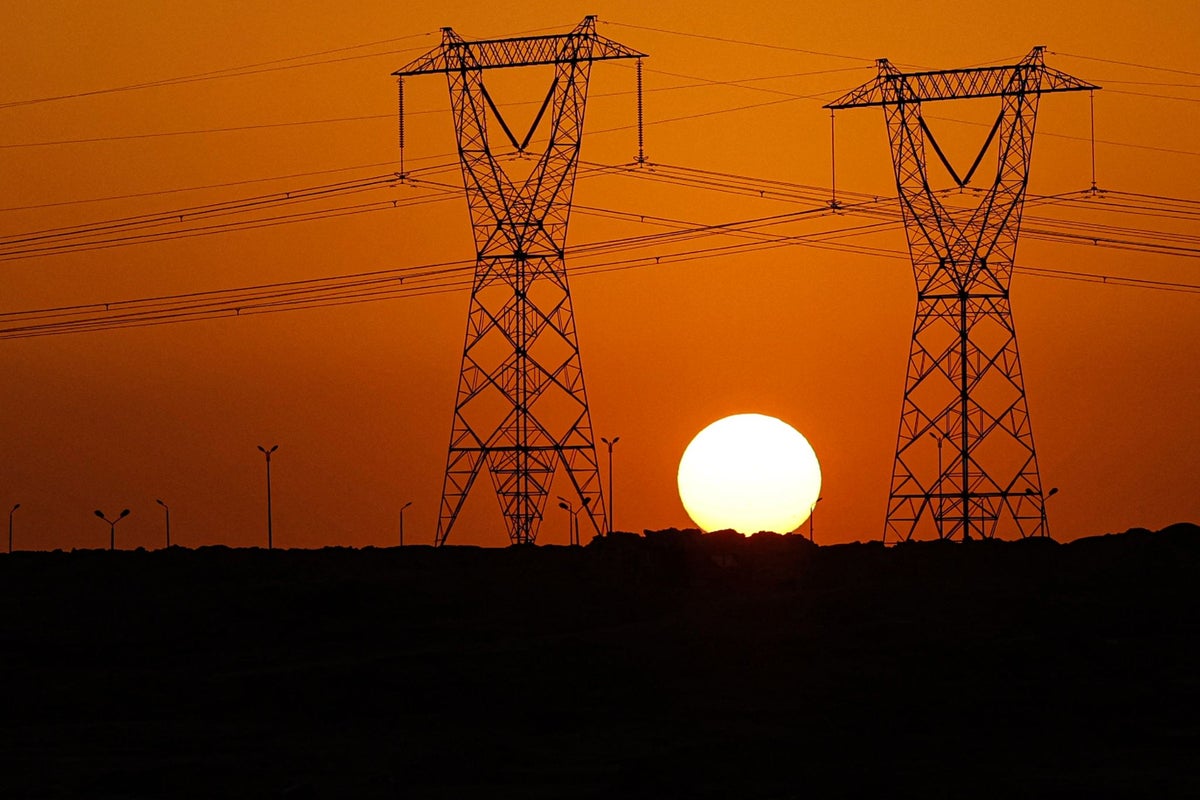The Impact of Aid Cuts on Africa’s Renewable Energy Landscape
The global energy landscape is undergoing significant changes, particularly in Africa, where the need for reliable electricity is more pressing than ever. Recent cuts to US aid, particularly the termination of the Power Africa programme initiated under Barack Obama, have raised concerns about the future of renewable energy development across the continent. Established in 2013, Power Africa aimed to provide electricity to the approximately 600 million people living without access to the grid. Over a decade, it invested around $1.2 billion, which in turn leveraged an impressive $29 billion from other sources, facilitating more than 150 major projects across 42 African nations and bringing electricity to over 200 million individuals.
Further reading: Ivy Park at Seal Beach A Beachfront Event
The Consequences of Programme Closure
The dismantling of Power Africa has sparked worries among climate finance experts. One anonymous expert highlighted the potential ramifications of losing a programme that successfully fostered renewable energy development in Africa. The defunding of such initiatives is likely to alter the energy transition trajectory for the entire continent. However, as the situation evolves, there are indications that other investors are stepping in to fill the void left by these cuts.
Philippe Valahu, the CEO of the Private Infrastructure Development Group (PIDG), noted that the opportunity to provide electricity for the 600 million people without access remains. He emphasised that the demand for services related to renewable energy is on the rise, showcasing the ongoing interest and potential in the sector.
New Collaborations and Initiatives
Agnes Dasewicz, Chief Investment Officer of the Global Energy Alliance for People and Planet (GEAPP), expressed optimism about emerging collaborations among public bodies, investors, and philanthropic organisations aiming to facilitate renewable energy projects in Africa. GEAPP, which was formed by entities like the Ikea Foundation and the Rockefeller Foundation during the COP26 climate conference, focuses on assisting developing economies in their transition to clean energy systems.
Interestingly, many African nations are starting to take charge of their own energy futures, moving away from reliance on Overseas Development Aid (ODA). With abundant natural resources, including vast rivers for hydroelectric power and regions with ample solar potential, Africa is positioned ideally for renewable energy development. Yet, despite these advantages, the continent currently attracts a meagre two per cent of global investment in renewable energy.
Overcoming Investment Barriers
Investors often hesitate to commit to renewable energy projects in Africa due to concerns over reliability and returns, particularly in nations grappling with debt and unstable currencies. Valahu believes there is a disconnect between perceived and actual risks in Africa. Since its inception, PIDG has mobilised approximately $47.2 billion for infrastructure projects in sub-Saharan Africa and parts of South and Southeast Asia. Valahu asserts that many investors overlook significant economic opportunities in the region.
He argues that while there are inherent risks, the financial losses experienced by PIDG over 23 years are comparable to those in more developed regions like Europe and North America. Furthermore, the varying stability of African nations means that generalisations about risk can be misleading. Some countries are stable middle-income democracies, while others are emerging from conflict and instability.
The Role of Power Africa in Bridging Gaps
The closure of Power Africa has created a notable gap in fostering connections between US businesses and African markets. Dasewicz pointed out that the programme successfully aligned the interests of the private and public sectors, creating a collaborative environment to drive energy solutions in the region. Power Africa supported US companies in deals worth $26.4 billion, tracking an additional $21 billion in potential upcoming projects.
Despite the obstacles created by the programme’s closure, Valahu remains positive about the future of renewables in Africa. He believes that other entities like the World Bank and the African Development Bank can step in to facilitate connections between nations and investors, and provide the public capital necessary to mitigate risks associated with investments.
A Shift Towards Local Solutions
As aid cuts prompt African governments to seek homegrown solutions, there is a burgeoning potential for institutional investors within the continent to contribute to infrastructure financing. With assets totalling approximately $2.5 trillion, there is an opportunity for local investment to bolster projects that address the continent’s energy needs. PIDG has already made strides in Nigeria by establishing InfraCredit, a company that channels local funds into infrastructure projects, and plans to replicate this success in other countries like Kenya.
The growing interest from investors in wealthier nations also signals a potential shift in perspective towards Africa. Valahu noted that conversations with investors are becoming increasingly productive, indicating a growing openness to financing projects on the continent.
Emerging Renewable Energy Projects
Across Africa, numerous renewable projects are underway, such as the Salima and Golomoti solar PV projects in Malawi, which recently boosted the grid capacity by 20%. Similarly, the Turkana wind project in Kenya represents the largest private investment in the country’s history. In the first half of 2025, new solar initiatives have emerged in countries including Côte d’Ivoire, Zimbabwe, South Africa, and Togo, highlighting a vibrant and growing sector.
Despite the challenges posed by reduced foreign aid, experts like Tom Mitchell from the International Institute for Environment and Development argue that traditional aid has never sufficed to tackle the monumental development challenges, particularly in renewable energy access. The $42 billion in aid that flowed into Africa in 2024 is merely a fraction of the estimated $1.3 trillion needed annually until 2030 for the continent to meet its sustainable development goals.
Conclusion
In conclusion, while the termination of initiatives like Power Africa presents considerable challenges for renewable energy development in Africa, it also opens doors for new collaborations and investments. The continent’s rich natural resources and growing interest from various stakeholders, including local investors and international organisations, may lead to a more resilient and self-sufficient energy future. As Africa charts its course towards sustainable energy, it is clear that innovation and cooperation will play pivotal roles in overcoming the hurdles ahead.

